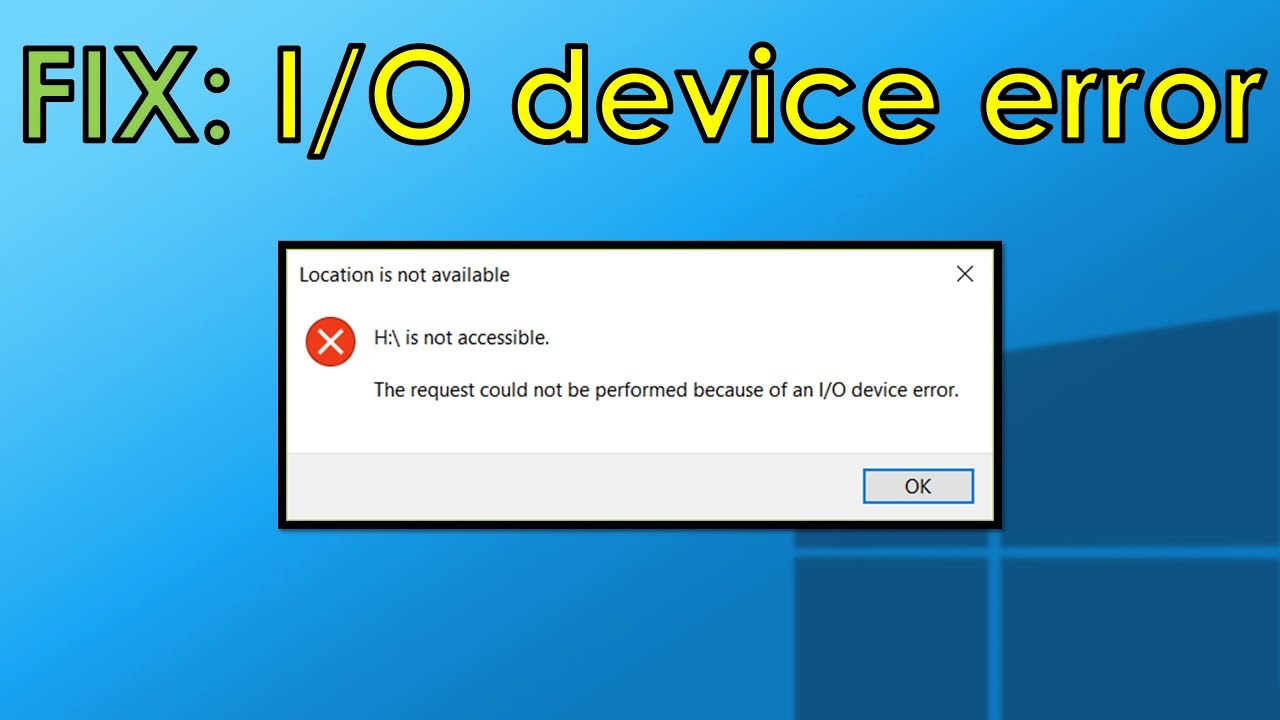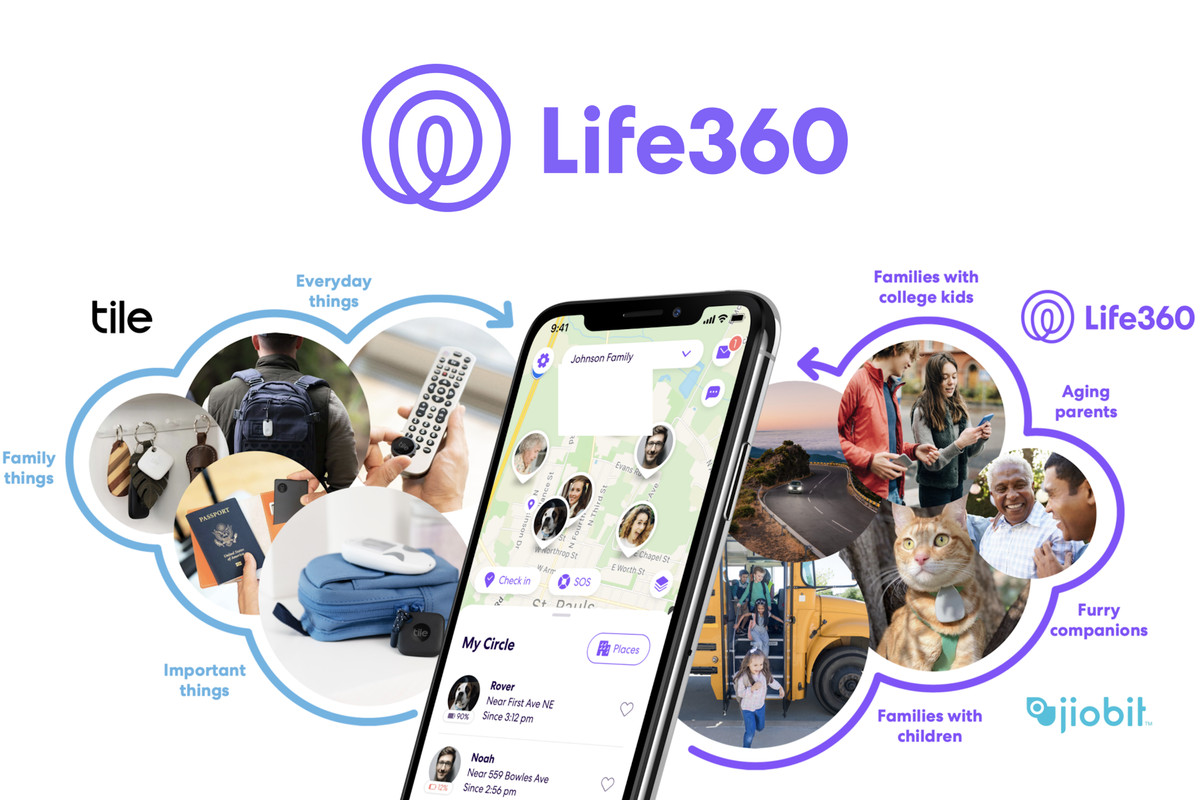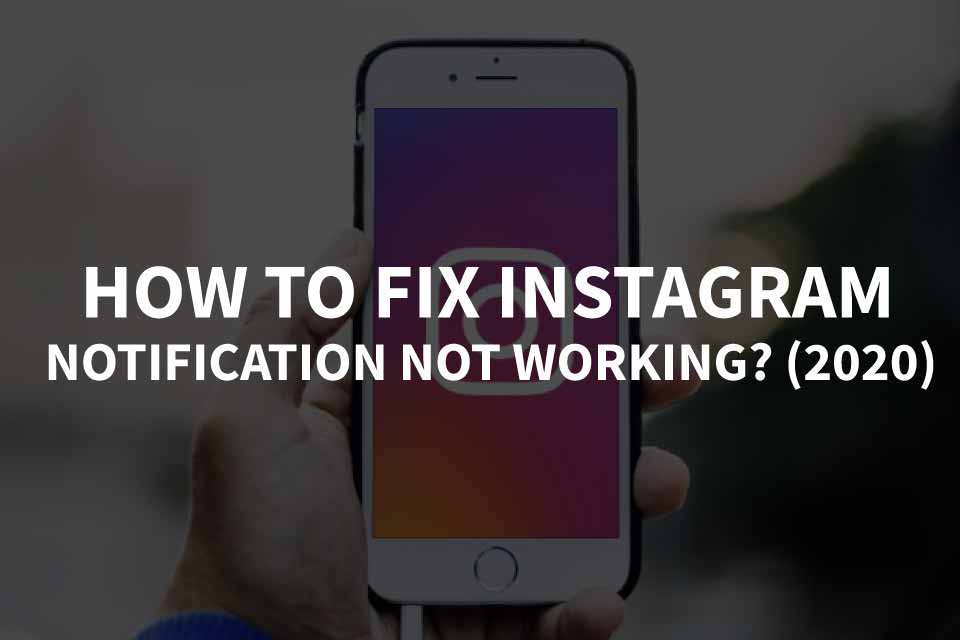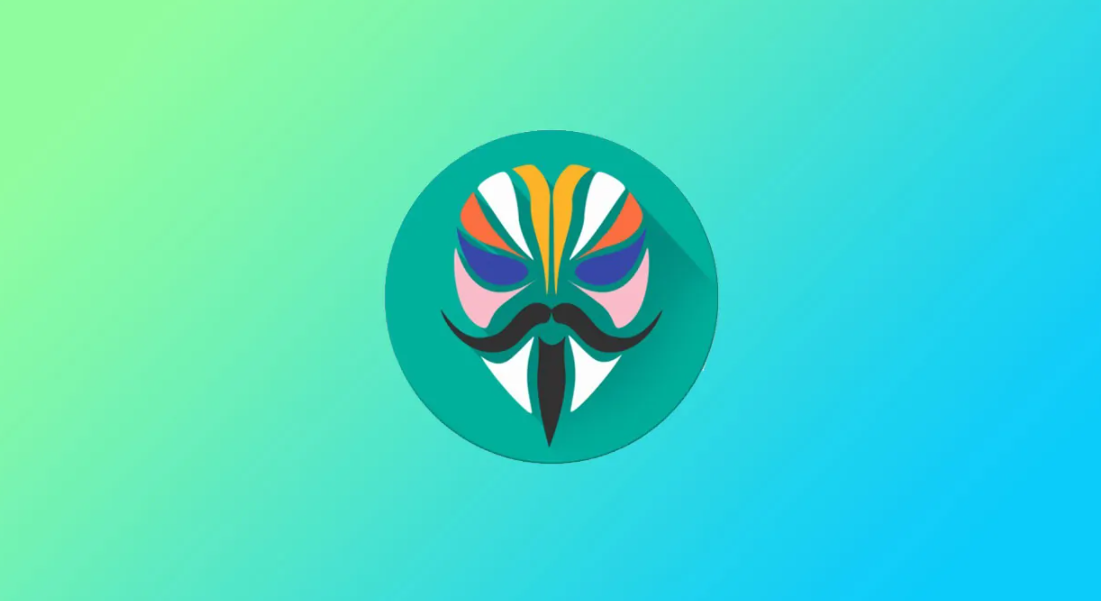Are you encountering an I/O device error while trying to access your external hard drive? Don’t worry, you’re not alone. Many users face this issue, which prevents Windows from performing input/output actions on the drive. In this comprehensive guide, we will explain what an I/O device error is, its common causes, and, most importantly, provide you with seven proven methods to fix it.
The I/O Device Error
1. What is an I/O Device Error?
An I/O device error, short for Input/Output device error, occurs when Windows encounters difficulties in reading from or writing to a storage device. This error can appear on various hardware devices, such as hard drives, external drives, USB drives, SD cards, and more. When you encounter this error, you may see a message like “The request could not be performed because of an I/O device error.”
2. Common Causes of I/O Device Error
There are several reasons why you might encounter an I/O device error:
- Incorrectly connected or loose cables: Ensure that all connections between your computer and the external hard drive are secure.
- Outdated or incompatible device drivers: Update or reinstall the drivers for your storage device to ensure compatibility.
- Damaged storage device: The external hard drive or its file system may be corrupt or damaged, leading to the I/O device error.
- Incompatible transfer mode: If the transfer mode set for the device is not supported by the hardware, it can lead to the error.
- Faulty USB port or card reader: A damaged USB port or card reader can cause communication issues between the computer and the external drive.
How to Fix I/O Device Error
Now that you understand the basics of an I/O device error, let’s explore seven effective methods to resolve this issue.
Method 1: Check Cable Connections
The first step is to ensure that all cable connections between your computer and the external hard drive are secure. Reconnect the cables or try using a different USB port to rule out any connection issues that may be causing the I/O device error.
Method 2: Update or Reinstall Device Drivers
Outdated or incompatible device drivers can contribute to the I/O device error. To fix this, you need to update or reinstall the drivers for your storage device. Here’s how:
- Press Windows + X and select Device Manager from the menu.
- Locate the device that is causing the error (e.g., external hard drive) and right-click on it.
- Select Update Driver and follow the on-screen instructions to update the driver.
- If updating doesn’t work, choose the Uninstall option instead. Restart your computer, and Windows will automatically reinstall the driver.
Method 3: Change the Drive Letter
Sometimes, an incorrect drive letter assignment can cause the I/O device error. To fix this, you can change the drive letter using MiniTool Partition Wizard, a free and user-friendly partition management tool. Here’s how:
- Download and install MiniTool Partition Wizard.
- Launch the software and select the external hard drive.
- Click on Change Drive Letter in the action panel.
- Choose a new drive letter from the list and click OK.
- Apply the changes by clicking the Apply button.
Method 4: Check and Repair Disk Errors
Disk errors can also trigger the I/O device error. To fix these errors, you can perform a disk check using the Command Prompt. Here’s how:
- Type CMD in the Windows search box and right-click on Command Prompt.
- Select Run as administrator to open an elevated Command Prompt.
- In the Command Prompt window, type
chkdsk X: /f /r /xand press Enter. Replace “X” with the drive letter of your external hard drive. - The command will check and repair disk errors on the drive. Wait for the process to complete.
- Once the scan is finished, restart your computer and check if the I/O device error persists.
Method 5: Change the Transfer Mode
If the transfer mode set for the external hard drive is incorrect, it can cause the I/O device error. Here’s how you can change the transfer mode:
- Press Windows + X and select Device Manager.
- Expand IDE ATA/ATAPI controllers and find the channel associated with your external hard drive.
- Right-click on the channel and select Properties.
- Go to the Advanced Settings tab and select PIO Only in the transfer mode box.
- Click OK and restart your computer to apply the changes.
Method 6: Perform a Clean Boot
Performing a clean boot can help determine if any background programs are interfering with your computer’s functionality. Here’s how to do it:
- Type msconfig in the Windows search box and select System Configuration.
- Go to the Services tab and check Hide all Microsoft services.
- Select Disable all and click Apply.
- Switch to the Startup tab and click Open Task Manager.
- Disable all enabled startup items one by one by right-clicking on them and selecting Disable.
- Close Task Manager and click OK in the System Configuration window.
- Restart your computer and check if the I/O device error persists.
Method 7: Format the Hard Drive
If none of the previous methods work, formatting the external hard drive may be your last resort. However, keep in mind that formatting will erase all data on the drive. Make sure you have a backup of your important files before proceeding. Here’s how to format the drive:
- Open File Explorer and locate the external hard drive.
- Right-click on it and select Format.
- Choose a file system (such as NTFS) and allocation unit size.
- Click Start to begin the formatting process.
- Once formatting is complete, you can use the drive without encountering the I/O device error.
Conclusion
Dealing with an I/O device error on your external hard drive can be frustrating, but with the right methods, you can resolve the issue and regain access to your data. Remember to check cable connections, update device drivers, change the drive letter, repair disk errors, adjust the transfer mode, perform a clean boot, or format the drive if necessary.
If you encounter this error, don’t panic. By following the steps outlined in this guide, you can effectively troubleshoot and fix the I/O device error on your external hard drive. Remember to backup your important files regularly to prevent data loss. Happy troubleshooting!
With MiniTool Power Data Recovery, you can recover your valuable data even in the face of an I/O device error. Remember to always make regular backups to prevent data loss and ensure the safety of your files.
Now that you’re equipped with the knowledge and solutions to fix the I/O device error on your external hard drive, you can confidently troubleshoot the issue and retrieve your important data. Good luck!
Experiencing difficulties with your Device, check out our “How To” page on how to resolve some of these issues.






